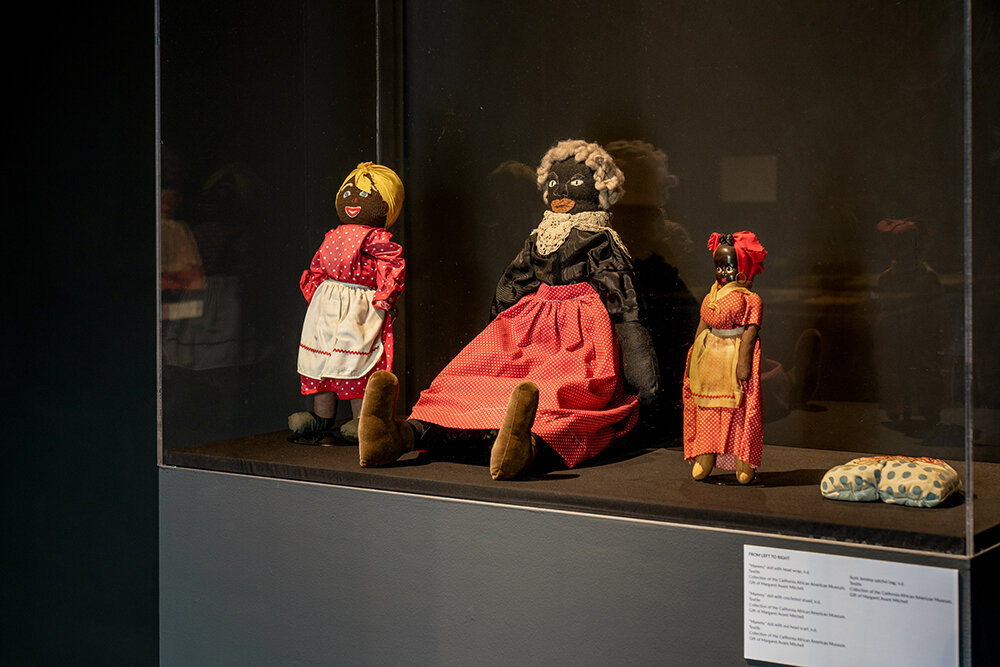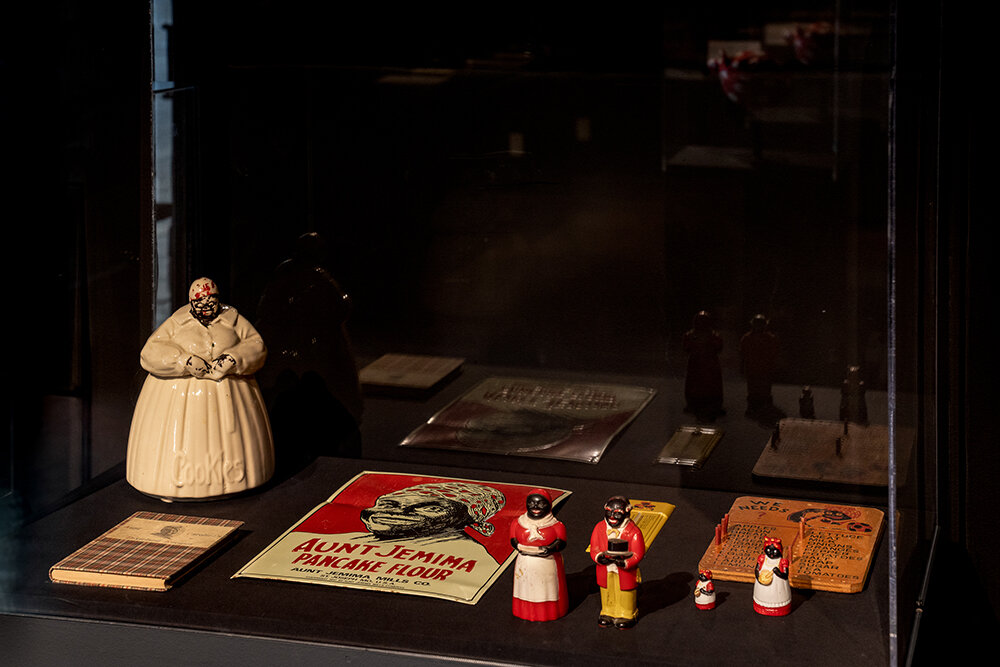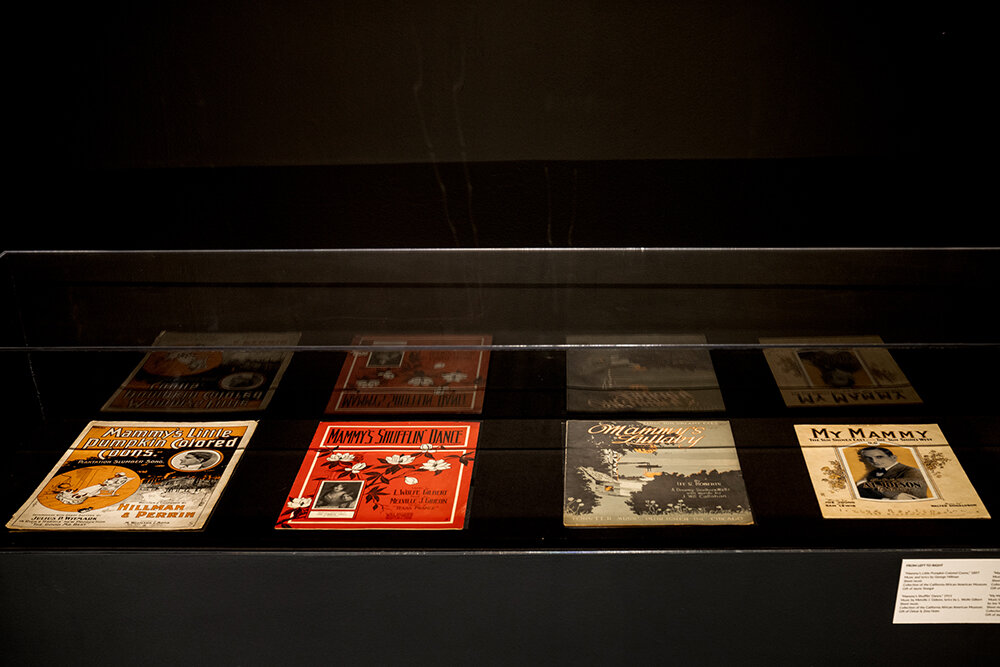One of the most pervasive stereotypes constructed during the post-Civil War era, and arguably the most enduring image from the days of Jim Crow, the mammy was a staple caricature in the romanticization of the Antebellum South. Popularized into the twentieth century by characters such as “Mammy” in MGM’s hit film Gone with the Wind (1939), this archetype of black domestic servitude was often depicted as good-natured, overweight, and loud. Presenting an ahistorical view of black womanhood within southern plantation hierarchies, the mammy not only embellished the realities of black life in the American South, but it also denied African American women their femininity, beauty, and strength.
Making Mammy: A Caricature of Black Womanhood, 1840–1940 explores how the mammy figure was produced in an effort to temper the atrocities of enslavement and serve southern interests domestically, economically, and politically. Bringing together films, photographs, and artifacts, it examines the legacy of the institutionalized stereotype, considering a century of complex manufacturing of black femininity, power dynamics, and mass-media messaging that still affects black women’s body image, lack of agency, and sense of self. Making Mammy uncovers the nuances behind this figure and illuminates the vestiges of America’s role in enslavement through the mammy’s appearance in literature and cinema. Making Mammy: A Caricature of Black Womanhood, 1840–1940 is on view through March 1, 2020 at CAAM 600 State Drive, Exposition Park, Los Angeles. photographs courtesy of CAAM





